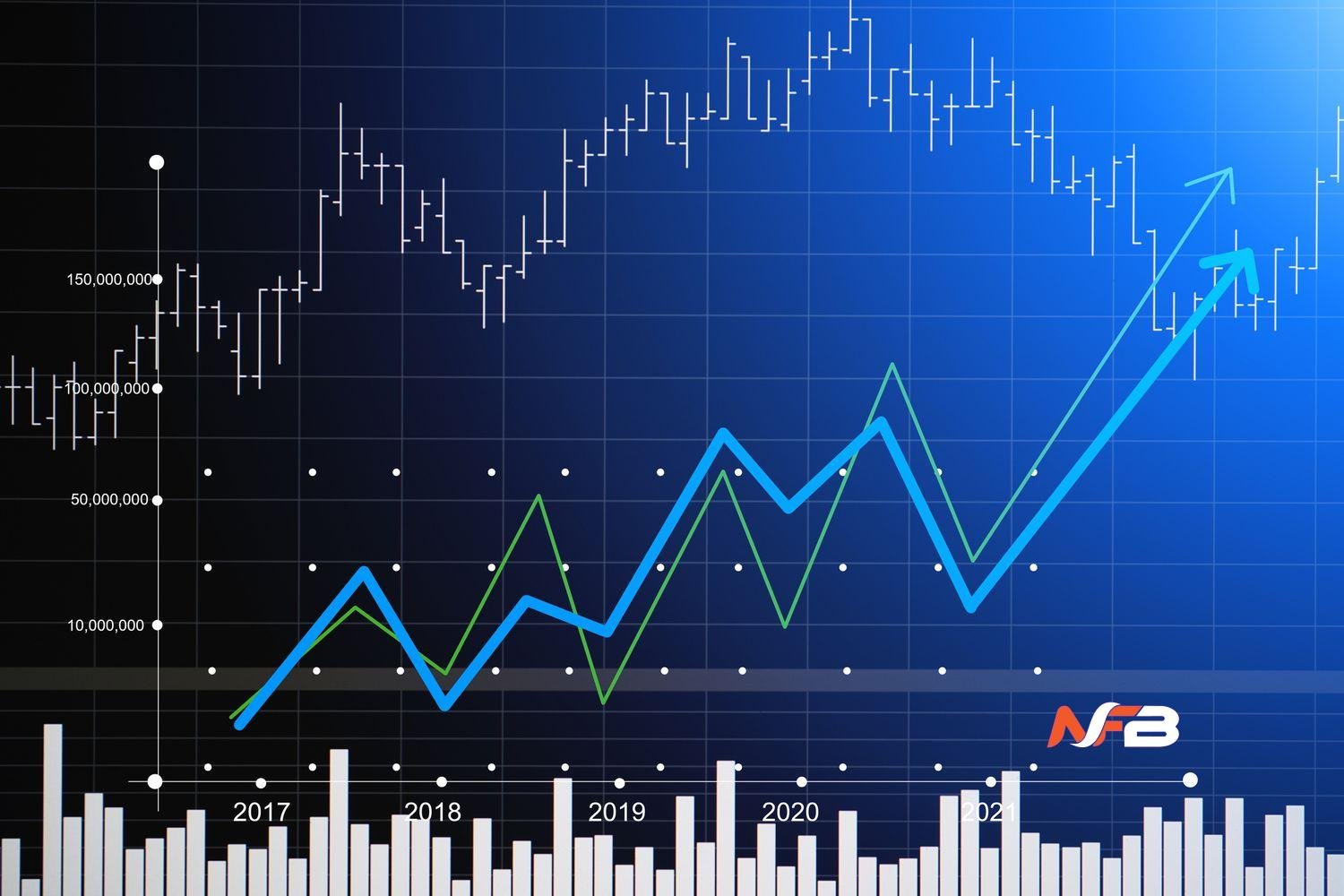Investors traditionally divide the stock market into two types of securities: growth stocks and value stocks. The first type focuses on rapid revenue and profit growth, while the second emphasizes stability and undervaluation compared to fundamental indicators. One of the most discussed issues in recent years is how to classify Amazon as a company with a high market capitalization but a mature business. Is it still a growth stock, or has it moved into the value category?
What are growth stocks?
Growth stocks are companies that are growing their revenue and profits at rates significantly higher than the market average. They typically trade at high multiples (P/E, P/S) because investors price in future growth.
Tesla, Nvidia, and Snowflake are examples of such companies in 2025. According to the Goldman Sachs Growth Index, the average forecast for earnings per share growth in the growth sector is 23% per year.
What are value stocks?
Investors typically assign value stocks to lower market prices relative to their underlying financial performance. These equities often represent well-established firms with mature business models or companies temporarily trading below intrinsic value due to market inefficiencies or short-term factors.
Examples of value companies in 2025 are Coca-Cola, IBM, Johnson & Johnson. According to Morningstar, the average P/E in the value sector is 12.5, while in the growth sector it is 24.8.
Where is Amazon located?
Amazon has historically been considered a classic growth stock, especially between 2010 and 2020. However, since 2022, the company has shown moderate revenue growth and stable profits. As of late 2024, Amazon’s P/E ratio stands at approximately 45. However, based on forward earnings, the ratio drops below 30—placing it closer to moderately valued companies.
In 2025, Amazon will remain one of the most liquid stocks in the NASDAQ-100 and S&P 500. The chief growth continues in the AWS (cloud technologies) and advertising revenue segment. At the same time, the retail segment is stable without rapid expansion.
Analysts’ opinions
Some analysts believe that Amazon is gradually shifting towards a hybrid model – the company remains innovative but with signs of a mature business. Bank of America, in a report from March 2025, noted that Amazon no longer meets the classic definition of growth but has not yet reached the parameters of value. Such companies are called GARP – growth at a reasonable price.
Comparison of indicators
| Indicator | Amazon (2025) | Tesla (growth) | IBM (value) |
| P/E | ~45 (TTM), ~28 (fwd) | ~63 | ~11 |
| Free cash flow yield | 3.2% | 1.1% | 6.7% |
| Revenue Growth Rate (YoY) | ~9% | ~18% | ~3% |
| ROE | 15% | 11% | 21% |
Based on this data, Amazon is closer to being a GARP company than a pure growth segment.
Investor Strategies
Growth investors continue to include Amazon in their portfolios due to the potential of AWS and generative AI. However, value investors have started to be interested in the stock as a relatively “cheap” tech company amid overvalued AI assets.
It is also pivotal to consider macro factors: rising rates, inflation, and slowing consumption. In such conditions, growth stocks become less attractive, and value stocks win. Amazon is an intermediate option that can prove sustainable in a slowdown and recovery.
Psychology and Perception
In the stock market, perception sometimes influences classification as much as data. Amazon continues to be associated with innovation, although it is already close to financial maturity. This is reminiscent of debates in Islamic financial ethics, for example – is crypto trading haram in Islam – where the opinion depends on interpretation and not just formal logic. Likewise, Amazon can be perceived differently depending on the investor’s strategy.
Additional evaluation factors
Additional factors influencing Amazon’s perception as a growth or value stock include the extension of its subscription ecosystem (Prime), diversification of its logistics infrastructure, and investments in artificial intelligence. In 2025, Amazon will invest more than $10 billion in warehouse automation and algorithmic data processing in AWS, which will strengthen the company’s long-term competitiveness (source).
ESG (environmental, social, and corporate governance) is also predominant. More and more institutional investors are taking into account business sustainability ratings. Amazon has improved its position in the MSCI ESG Rating index to “A”, which may affect the interest of funds focused on sustainable investing.
Conclusion
Amazon is no longer the classic growth stock it was 5-10 years ago, but it doesn’t fit the value criteria either. In 2025, it’s the closest thing to a GARP company — one with a sustainable business but still with significant innovation potential.
Investors should be mindful of this duality. For portfolios focused on a balance between stability and prospects, Amazon remains one of the most interesting candidates. However, for pure growth or value strategies, it is better to choose more specialized stocks.












Leave a Reply